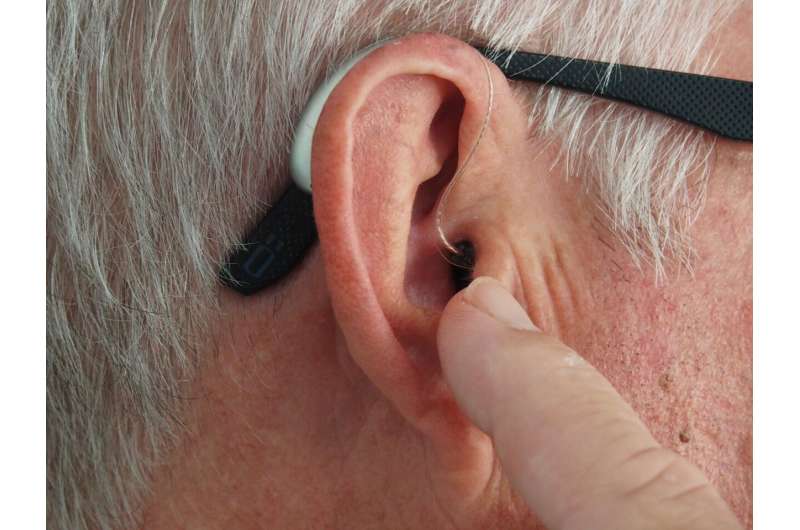The Link Between Poverty, Loneliness, and Physical and Emotional Symptoms

New research links poverty and loneliness to increased pain, fatigue, and low mood, highlighting the importance of social support in mitigating health disparities across socioeconomic groups.
Research from the University of Oxford has highlighted a significant connection between socioeconomic status, social isolation, and certain health symptoms. The study demonstrates that individuals living in poverty are far more likely to experience feelings of loneliness compared to those with higher incomes, despite comparable frequency of social interactions such as meeting with friends or family.
Analyzing survey data from over 24,000 participants across 20 European countries, researchers found that nearly half (49%) of those in the lowest income bracket reported loneliness within the previous week, contrasted with only 15% of those in the highest income group. The investigation focused on a specific cluster of symptoms—pain, fatigue, and low mood—that appear to be responses to perceived threats or resource scarcity, termed as a "defensive symptom cluster."
From an evolutionary standpoint, humans rely heavily on social bonds for resource access and protection. When individuals experience social disconnection or exclusion, their bodies may react with pain, sluggishness, or low mood, mechanisms that encourage withdrawal and energy conservation. The study revealed that those feeling lonely tend to report higher levels of these symptoms, with effects more pronounced among lower-income groups.
Lead author Dr. Arran Davis explained that poverty's relationship with poor health is well-established, and loneliness can be as detrimental as smoking. The research underscores that people facing economic hardship and social isolation endure greater health costs. For example, lonely individuals in the lowest income groups exhibited symptom scores higher than 73% of their non-lonely peers, and up to 30% of them reported particularly high symptom levels—vastly exceeding the 2% seen in the highest income group.
The findings emphasize that social relationships serve as vital buffers against health deterioration due to economic adversity. Addressing loneliness, especially in socioeconomically disadvantaged populations, could be crucial for reducing health inequalities. Policy efforts that foster community support and social integration may help mitigate these adverse health effects.
Overall, this study highlights the complex interplay between financial insecurity, social connectivity, and health, advocating for a more holistic approach to public health that includes social interventions alongside economic support.
Stay Updated with Mia's Feed
Get the latest health & wellness insights delivered straight to your inbox.
Related Articles
Global Disparities in Hearing Loss and Hearing Aid Usage Highlight Cultural and Structural Challenges
A comprehensive study reveals that countries with high levels of hearing loss often have low hearing aid adoption, highlighting global disparities influenced by socioeconomic and cultural factors. Addressing these barriers is crucial for improving hearing healthcare worldwide.
New Clinical Data Revealed for EBC-129, a Promising Cancer Drug in Phase I Trials
Updated results from Phase I trials of EBC-129, a novel antibody-drug conjugate, show promising efficacy and safety in heavily pre-treated pancreatic cancer patients, paving the way for further clinical development.
Joe Biden Diagnosed with Advanced Prostate Cancer and Bone Metastasis: What You Need to Know
Joe Biden, at age 82, has been diagnosed with an aggressive prostate cancer that has spread to his bones. Learn about prostate cancer stages, treatment options, and the importance of early detection.



